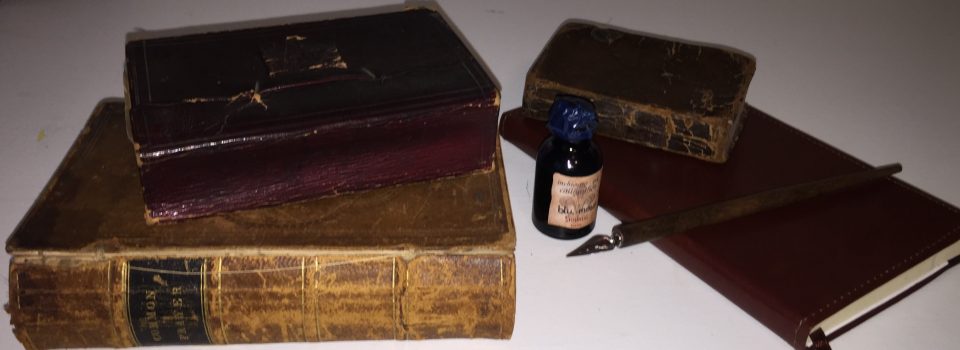The Gospels we read today are the most reliable documents available from the ancient world. The fact that thousands of copies of the original New Testament were spread all over the ancient Mediterranean world, with only slight variations in the text is significant.We can be confident that the Bibles we read today are accurate. Even if we only had quotes from the early Church Fathers, we would have over 90% of the New Testament available to us.The fact that there are variations and accounts that seem to contradict, shows that there was no attempt by the early Church Fathers to change the story. The way that the writers of the NT wrote the gospels was consistent with the times, in which they lived. One writer might add or leave out certain details. These variations do not change any New Testament doctrines.
When the early Christians got a letter from the Apostles they made copies of the letters and sent them to other Churches. “And when this letter has been read among you, have it also read in the church of the Laodiceans; and see that you also read the letter from Laodicea.”
(Colossians 4:16 ESV) .
C. S. Lewis, one of the great Christian thinkers of the 20th century was an expert and avid reader of mythology. When he read the gospels for the first time, he realized that they were not written like ancient myths but as biographies. You may ask, Why were books such as,” the Gospel of Thomas,” “the Gospel of Peter,” and “the Acts Of Pilate left out of the New Testament?” The answer is that they were not written during the apostolic age. These and many other so called gospel accounts, did not fit the criteria to be added to the what we know as the New Testament today.
Below are some of the notes (not word for word) I took from a recent lecture from Dr. Michael Licona:
- The Gospel of Luke is referred to as Scripture. (I Tim. 5:18)
- Paul’s letters were referred to as “Scripture.” (2 Peter 3:16)
- In A.D. 125 Polycarp (probably a Disciple of John) quotes Ephesians twice and refers to it as part of the “Sacred Scriptures.”
- Justin Martyr (c. AD 150) Spoke of the “memoirs of the Apostles.” He quotes the Gospel’s numerous times but never quotes the Gospel of Thomas or any other Gnostic Gospels.
- Irenaeus (c AD 180) Wrote about the “Fourfold form” of Gospel. The Church was looking at the 4 Gospels, Mathew, Mark, Luke, and John. Although other “gospels” were available.
Recommended reading: Holman Quick Source Guide To Apologetics by Doug Powell.

Blessings on you too!
LikeLike
No prob, brother! I love talking about the Lord and His truth! May the Lord be with you
LikeLike
I lean that way. I think Huge Ross makes a very good case for it. And thanks for your comments!
LikeLike
Hey, Bobby! I really like the vibe of this blog. It’s very mellow and soothing! What do you think about young earth creationism?
LikeLiked by 1 person